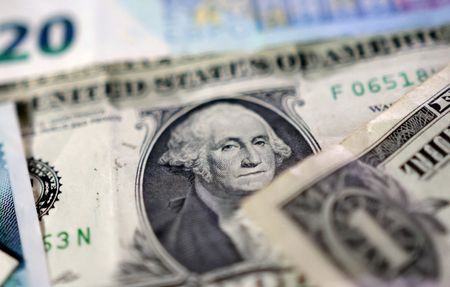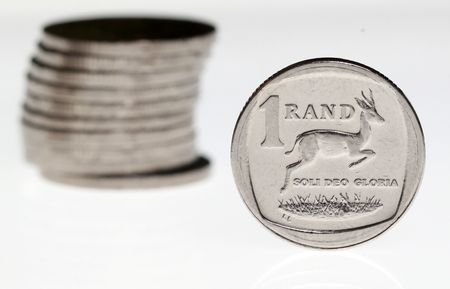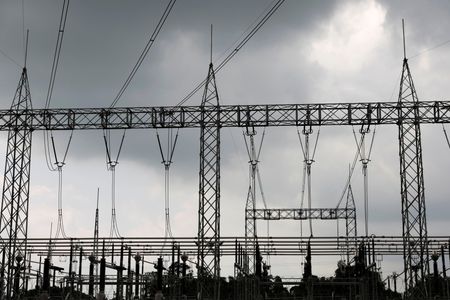By Scott DiSavino
NEW YORK (Reuters) -Oil prices climbed about 2% to a one-week high on Thursday after U.S. President Donald Trump warned of “severe consequences” if his talks with Russian President Vladimir Putin on Ukraine fail, and on optimism that a likely U.S. interest rate cut next month could spur oil demand.
Central banks, like the U.S. Federal Reserve, use interest rates to control inflation. Lower rates reduce consumer borrowing costs and can boost economic growth and demand for oil.
Brent crude futures rose $1.21, or 1.8%, to settle at $66.84 a barrel, while U.S. West Texas Intermediate (WTI) crude rose $1.31, or 2.1%, to settle at $63.96.
Those price gains pushed both crude benchmarks out of technically oversold territory for the first time in three days, and led Brent to its highest close since August 6.
On Tuesday, Brent closed at its lowest price since June 5 and WTI closed at its lowest price since June 2 due in part to bearish inventory and supply data from the U.S. Energy Information Administration and the International Energy Agency. [EIA/S]
Trump said on Thursday he thought Putin was ready to make a deal on ending his war in Ukraine after the Russian president floated the prospect of a nuclear arms agreement on the eve of their summit in Alaska.
But on Wednesday, Trump threatened “severe consequences” if Putin does not agree to peace in Ukraine, without elaborating. Trump has warned of economic sanctions if the meeting on Friday proves fruitless.
Russia was the second-biggest producer of crude in 2024 behind the U.S., so any agreement that could ease sanctions on Moscow would likely boost the amount of Russian oil available for export to global markets.
Trump has threatened to enact secondary tariffs on buyers of Russian crude, primarily China and India, if Russia continues its war in Ukraine.
“The uncertainty of U.S.-Russia peace talks continues to add a bullish risk premium given Russian oil buyers could face more economic pressure,” Rystad Energy said in a client note.
Some analysts, however, remained skeptical that Trump would take action that could significantly disrupt oil supplies.
FED RATE CUT
Expectations that the Fed will cut rates in September also propped up oil prices. Traders mostly believe a cut will happen next month after U.S. consumer prices increased at a moderate pace in July.
U.S. Treasury Secretary Scott Bessent said he thought an aggressive half-percentage-point cut was possible given recent weak employment numbers.
But a jump in wholesale prices is likely to bolster concerns among Fed policymakers that rising inflation remains a risk, intensifying debate over the rationale for an rate cut next month and leaving the tension between the U.S. central bank and the White House unresolved.
In Europe, Norwegian oil and gas investments are expected to peak this year and start declining in 2026 as major projects are completed, a statistics office survey of industry players showed on Thursday.
Norway produces about 2% of global oil. It became Europe’s largest supplier of pipeline gas after Russia’s invasion of Ukraine in February 2022.
(Reporting by Scott DiSavino in New York, Robert Harvey in London, Katya Golubkova in Tokyo and Siyi Liu in Singapore; Editing by Jan Harvey, Paul Simao, Diane Craft and Richard Chang)











